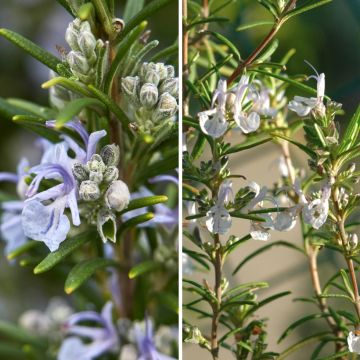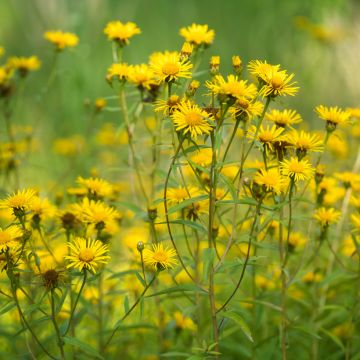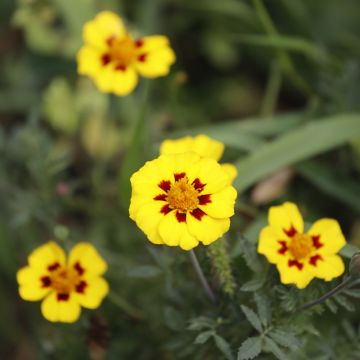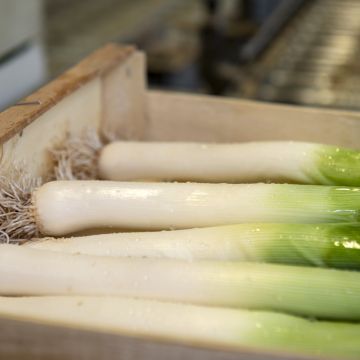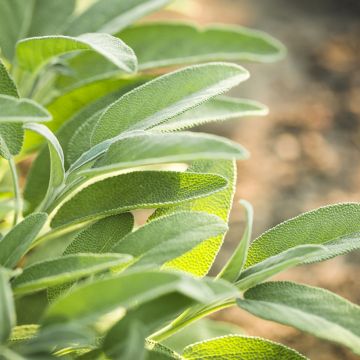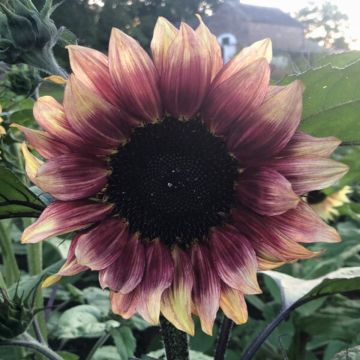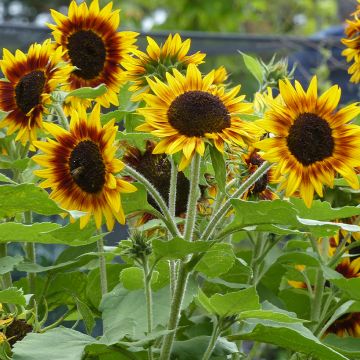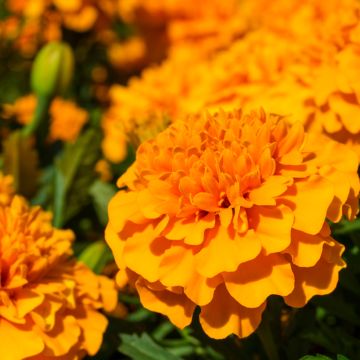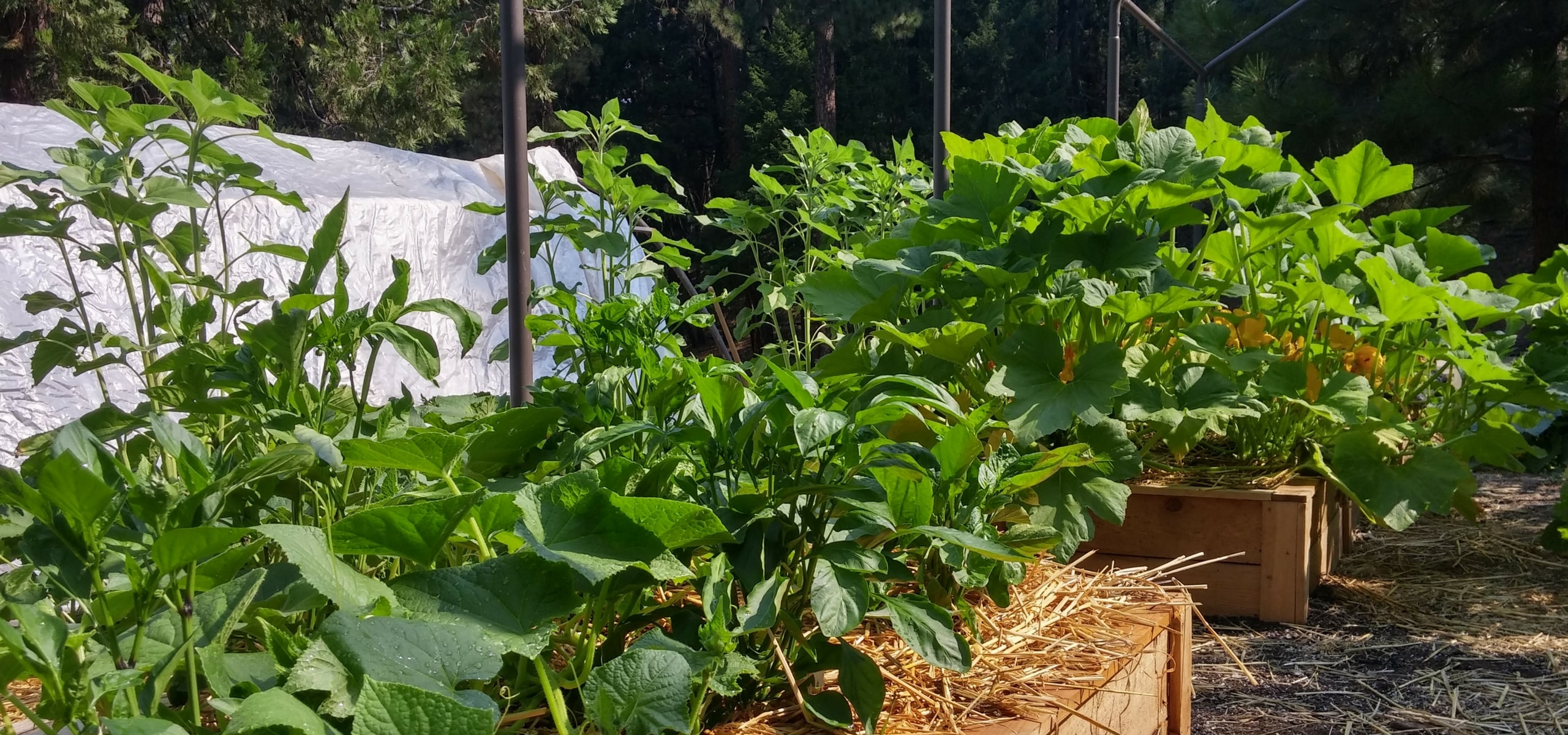
Crop rotation
Why rotate crops and how to implement it?
Contents
Crop rotation is a practice that involves in the vegetable garden, not growing the same vegetable in the same plot for several consecutive years. This practice is based on two essential points: the plants’ nutrient requirements and disease prevention. Discover the benefits of crop rotations and how to organise them effectively!
Why practise crop rotation?
The needs of plants
Plants have different “appetites”: some are undemanding like garlic, while others are greedy like cabbage. They also draw different quantities and types of nutrients from the soil. Moreover, some plants can enrich the soil, such as legumes (peas, beans, broad beans…) that fix atmospheric nitrogen. Crop rotation ensures that all vegetable plants receive, in due time, the right amount of essential elements for their growth.
Prevention of diseases and pests
Many pests and diseases are specific to a species or a botanical family (Cabbage root fly, Downy mildew of the Asteraceae, Carrot fly…) and can persist in the soil for several years. Thus, alternating plants from different botanical families helps to disrupt the chronic nature of these diseases or pest attacks.
 The fava bean fixes atmospheric nitrogen
The fava bean fixes atmospheric nitrogen
How to do it?
In the garden, rotations occur according to the type of vegetable (seed -> leaf -> root -> fruit) while ensuring that two vegetables from the same botanical family do not follow each other, and by respecting the plants’ needs in terms of fertilisation (intercalary contributions are possible).
Here are two examples of rotations:
Plot A:
- 1) Seed vegetable: Peas (Fabaceae)
- 2) Leaf vegetable: Lettuce (Asteraceae) followed by a moderate application of compost
- 3) Root vegetable: Potato (Solanaceae) followed by a moderate application of compost
- 4) Fruit vegetable: Cucumber (Cucurbitaceae)
Plot B:
- 1) Root vegetable: Beetroot (Chenopodiaceae) after a moderate application of compost,
- 2) Fruit vegetable: Tomato (Solanaceae)
- 3) Seed vegetable: Broad bean (Fabaceae) followed by a significant application of compost
- 4) Leaf vegetable: Cabbage (Brassicaceae)
If it is not possible to organise the crop rotation of your vegetable garden several years in advance, it is important to keep, for each plot, a written record of the location of the vegetables as well as the organic matter contributions, in order to optimise the succession of crops.
Note that perennial vegetable plants (strawberries, artichokes, asparagus, etc.) are not included in the rotation cycles. However, when renewing the plantings, the principle of rotations is respected by extending the duration to up to 8 or even 10 years.
Discover other Vegetable gardens
View all →Available in 0 sizes
Available in 1 sizes
Available in 1 sizes
Available in 1 sizes
Available in 1 sizes
Available in 1 sizes
Available in 1 sizes
Available in 1 sizes
Available in 1 sizes
Available in 1 sizes
- Subscribe!
- Contents































